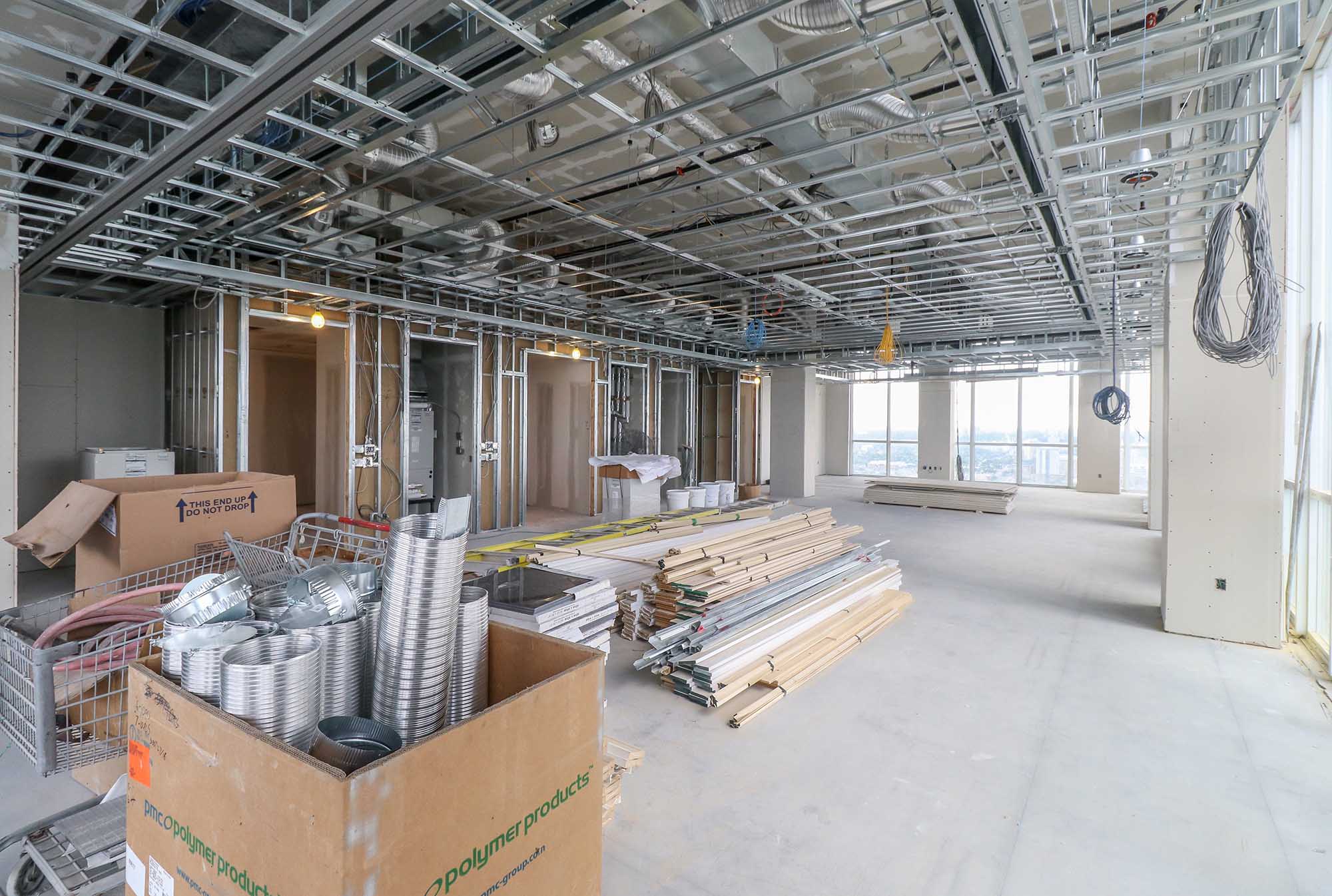How condo investors can choose the best new construction project and floorplan
With post-secondary students expected to return to urban centres, and a likely post-pandemic immigration boom on the horizon, some new construction condo investors may be contemplating a rental property purchase in anticipation of these future market drivers.
Buyer demand for new condos in the Greater Toronto Area has continued to accelerate in recent months. In April, the number of new condo apartment sales in the region broke a 20-year record, soaring 69 percent above the 10-year average, the Building Industry and Land Development Association (BILD) reported.
In the rental segment, there are indications that the market has bottomed out as tenants return to cities to take advantage of low prices and prepare for post-pandemic life. Prices have continued on an upswing after experiencing steep declines throughout 2020, with two-thirds of Canadian cities recording rent price increases in April as per the latest report from Padmapper.
Every year, a number of new construction condo projects launch sales across the Greater Toronto Area, giving investors plenty of choice when it comes to floorplans, buildings and locations. Yet, even with so many options, selecting the right type of unit for your particular investment needs can still feel overwhelming.

“As a first-time investor, the biggest learning curve is trying to understand the financial side of things, the mortgage, taxes and other costs related to buying an investment unit. The second challenge is what project to buy into,” said Mark Cohen, Co-Founder and Managing Partner of TCS Marketing Systems.
“In Toronto there are new project launches almost daily and you can get caught up trying to find the perfect unit and miss out on some great opportunities.”
The downturn of urban rental markets across Canada in 2020 has often been attributed to the red-hot resale market, along with less international migration and fewer student renters as universities switched to remote learning. With renewed interest in downtown life again, Cohen says that it’s important to consider the future desires of potential tenants when it comes choosing the right project to invest in.
“Investors have to think of the lifestyle the renter is going to live,” said Cohen. “At TCS Marketing Systems, we are seeing strong demand for outdoor space, multifunctional rooms and walkability.”
In a CIBC Economics and Urbanation GTA Condo Investment report published in March, pre-sale investors were found to be in a better cash flow position compared to their resale counterparts in 2020, with more than half of new condo investors indicating they were cash flow positive by up to $600 a month.

To have the best chance of generating positive cash flow, Cohen recommends that new investors do their homework on the development before making a purchase. This includes checking out the developer’s history for a sense of security that the project will be built. Investing in areas like downtown Toronto tend to be more renter-friendly, and higher rental prices can yield positive cash flow. It’s also important to consider amenities and condo fees, explains Cohen.
“These can be a swing factor in the project you decide to buy into,” he said. “There are some floorplans that are better suited as investment units, so know the product you are looking for.”
According to the GTA Condo Investment report, 58 percent of newly registered condo rentals in 2020 were one-bedroom units, which represents the majority compared to other rental property types. One-bedroom condos had the second-highest level of cash flow at $86 a month, ranking behind studio rentals at $163 a month on average.
In downtown Toronto, Cohen says that one-bedroom condo rentals are still the most popular unit type as they are not only easy to rent out, but the price point of this type of unit is accessible to investors. However, if an investor plans to purchase in the GTA’s ‘905’ region, a two-bedroom suite would be more favourable, especially those units with split-bedroom layouts that are more renter-friendly.
“Shallow and wider units rent better; units with some outdoor space are popular and storage space is key for investors looking to rent out their units,” explained Cohen.

When buying a new construction property, there’s usually an opportunity to tack on extra features, like parking spaces and interior upgrades. For city units under 600 square feet, Cohen says that opting for a storage locker add-on can be an appealing feature to renters. Amenities that provide convenience are also a big draw, like Amazon drop-off lockers, co-working facilities and outdoor spaces. However, it’s important not to get caught up in other project features that won’t guarantee more profit.
“Buildings rich with amenities like pools and communal spaces are attractive but often not something that’s able to capture higher rents for investors,” said Cohen. “Not only does that raise your maintenance fee, but [it] doesn’t translate to more rental income.”
Although brick and mortar sales centres remain closed to the public, Cohen explains that virtual alternatives have allowed investors to do more window shopping before buying their unit, and spend more time analyzing plans and understanding project timelines.
“The industry has adapted well and our sales team is well versed on our projects that there is no question that can’t be answered for the investor to make a sound decision on pre-construction projects,” said Cohen.
Source: www.livabl.com
